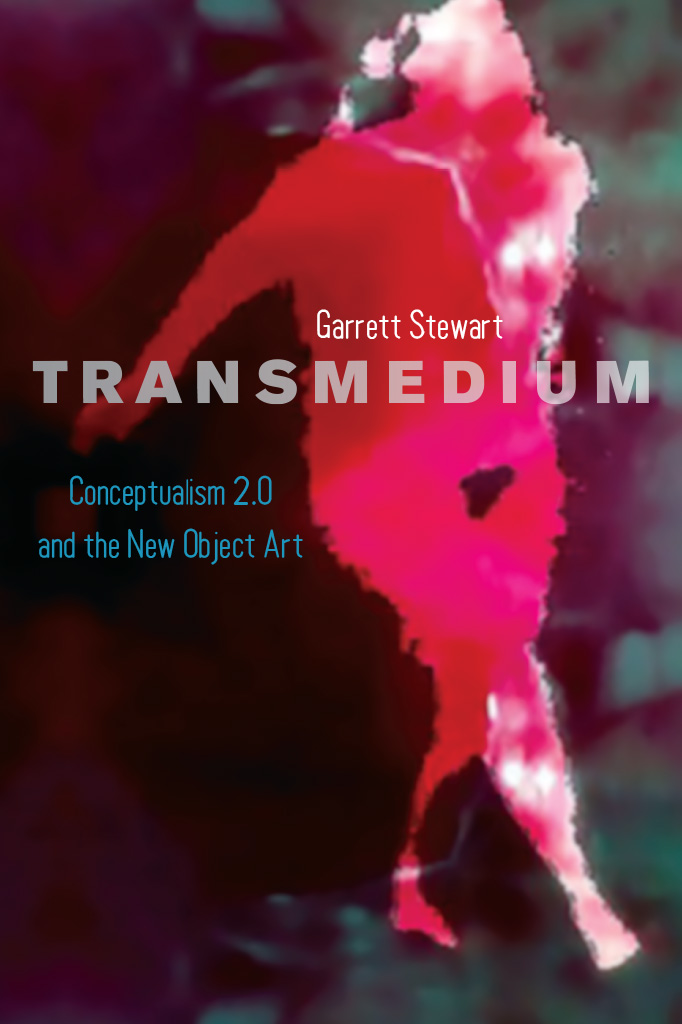
Transmedium
Transmedium
Conceptualism 2.0 and the New Object Art
Garrett Stewart
THE UNIVERSITY OF CHICAGO PRESS
[chicago and london]
The University of Chicago Press, Chicago 60637
The University of Chicago Press, Ltd., London
2017 by The University of Chicago
All rights reserved. No part of this book may be used or reproduced in any manner whatsoever without written permission, except in the case of brief quotations in critical articles and reviews. For more information, contact the University of Chicago Press, 1427 E. 60th St., Chicago, IL 60637.
Published 2017
Printed in USA
26 25 24 23 22 21 20 19 18 17 1 2 3 4 5
ISBN-13: 978-0-226-50087-4 (cloth)
ISBN-13: 978-0-226-50090-4 (paper)
ISBN-13: 978-0-226-50106-2 (e-book)
DOI: 10.7208/chicago/9780226501062.001.0001
LIBRARY OF CONGRESS CATALOGING-IN-PUBLICATION DATA
Names: Stewart, Garrett, author.
Title: Transmedium : conceptualism 2.0 and the new object art / Garrett Stewart.
Description: Chicago ; London : The University of Chicago Press, 2017. | Includes bibliographical references and index.
Identifiers: LCCN 2017009026 | ISBN 9780226500874 (cloth : alk. paper) | ISBN 9780226500904 (pbk. : alk. paper) | ISBN 9780226501062 (e-book)
Subjects: LCSH: Multimedia (Art) | Multimedia installations (Art) | Conceptual art. | Art and technology.
Classification: LCC N6494.M78 S74 2017 N6494.C63 | DDC 702.81dc23 LC record available at https://lccn.loc.gov/2017009026
 This paper meets the requirements of ANSI/NISO Z39.48-1992 (Permanence of Paper).
This paper meets the requirements of ANSI/NISO Z39.48-1992 (Permanence of Paper).
Contents
Coming to Terms
At two scales of attention in what follows, at the level of aesthetic enterprise as well as of media theory, the way forward is in fact between. This book joins certain experimental works of the last two decades in resisting both the sweeping antimodernist assumptions of a post-medium condition in art practice and the implacable convergence in media study that takes as axiomatic a digital vanishing point for all processes. Between these two premises for the material basis of image production (and certain audiovisual projects as well)between the release from medium specificity and the leveling point of no return in universal computerization, between aesthetic liberation and technological foreclosureexperimentation makes its frequent and, in both senses, curious way. Its inquisitiveness is likely to grow contagious in the viewing act. This is to say that aesthetic encounter in museum space can be, more than ever, a variably cued engagement with a works own materialized thought experiment.
But what in fact to think about the enlarged, repainted, and then rephotographed single frame of a celluloid film when ripped from its place not only in an isolated strip but also in the whole cinematic medium? What to think about a prewar film projector found screening, in loop-fashion on a gallery wall, the brief computer-generated image of celluloids long-forgotten role as the plastic substrate for binary impress in the first primitive computer? About digital landscape photography generated by US Air Force reconnaissance technology and its virtual-reality software when applied to landscape paintings rather than topographic maps? About a drawing, then lithographic rendering, of a film strip caught in every sensesnagged and bifurcated between framesin its secondary representation? And what aboutwhat to think and say aboutan apparent photo reproduction of a classic oil painting that turns out, on closer inspection, to be composed of 10,000 separate computer-searched images? What one can say may depend on how one begins by denominating such effects.
Naming is claiming. It is an attempt to grasp as category, to posit an understanding. Certainly the elective affinities of art, like electoral politics, have their own kind of term limits. But even before this books elaborating on a second-wave conceptualism (including but not limited to the frequent art of its electronic wavelengths), another terminology may already have given pause in the bracketing terms of the books entitling and slip-knotted formulation. One might rightly suspect that such tensility is meant to anticipate something materially taut, even fraught, in the works coming in for discussion. Still: Transmedium? Object Art? Not art object? Not, as seemingly flagged by the sense of Conceptualism 2.0, new media and its objects? No, the newness of the art doesnt depend on electronic circuitry. Instead, there is a different grammar on call in the overall titleand a more specific circuit of response implied. The claim advanced by the prefix trans of transmedium refers to the across rather than the beyond or over of its alternate usages. Certainly no sense of mediation is transcended in the works ahead, as one might be otherwise led to assume from the latest models of post-medium theory brought into discussion. Rather, the medial interplay within certain composite objects is cognitively traversedand, in the process, reconceptualized.
To respond transmedium: thats the invitation of such aesthetic provocations, where the heuristic coinage of that term is proposed less as a free-standing substantive (a transmedium) than as a slant or bearing of responseindicating, that is, a directed attention to the where and how of manifestation. Directed by the analytic stance of the image or installation itself, such attention is routed in this way acrossand often in and betweenthe works own material coordinates. This is the path by which such artifacts seek to bring production and reception into the closest possible alignment across the concept thereby put into transmission, often by some unexpected crux of divergent medial procedures. The logic of that transmission, sought at forms own inner reach, is the very art of the transmedial object or installationso that not just grammar but also punctuation is kept in play by my subtitle. The logic of intention comes back as inference when concept is manifested less in the consolidated objet than in an unexpected force field of reciprocal technical determinationstheir new object, art. This is an art, often enough, of destabilization itself: destabilizationand its diagnosis. Many practitioners in this line are termed art researchers, often with the sense of their being archaeologists in action, probing the history of their present means and materials. Art objects tend to become, as a result, fine-grained reports on their own medial constitution.
Technical determinations do increasingly prevail where once, instead, there were emblazoned signposts of a revered, cultivated, and proudly reductive medium specificity. So theres no proceeding here without the art history behind these newer works. Approach it this way. That apogee of modernism in the medial purism of abstract expressionism was actually quite concrete, a matter always of material surface and stroked pigment. In this high modernist strain, paint all by itself made its presence felt, expressed itself. It was only the next step, in recoilrebounding in a direction opposite to that of Pop art in its own comparably antimodernist swervethat was in fact a true move away from concrete materialization toward abstraction, toward disembodied idea, toward discourse. The first phase of Conceptual art was in many instances all abstraction. But before this discursive resistance to the cult of pigment, stroke, and plane, it had certainly been the medium that made its first impression in the encounter with high modernist works: the medium of washed or dripped paint in Morris Louis or Jackson Pollock, say, or medialitys overt mixture in Jasper Johns or in Robert Rauschenbergs combines. In these years and works, medium (even when pluralized) was what met the eye in art. Meaning, if thats even what to call it, came later, came out, came through. Half a century farther along in the evolution of art modes, meaning is more obviously at stake than before, but now for the way it comes not so much through as across, by negotiating material tensions that precede any notion of manifest formal balance. This book has in its sights numerous transmedium works operating in this way through a composite and impacted mediality that is kept more in question than in clear view.
Next page
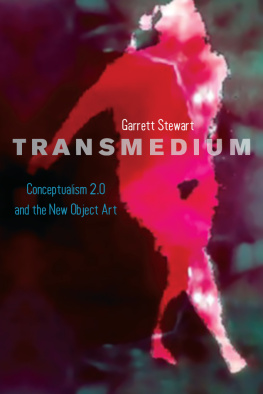

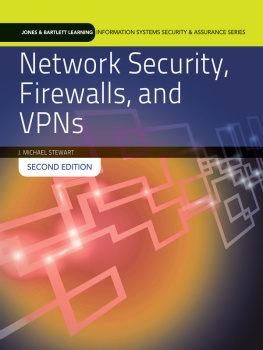

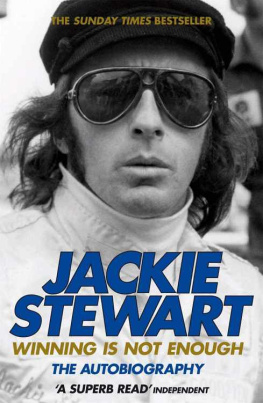

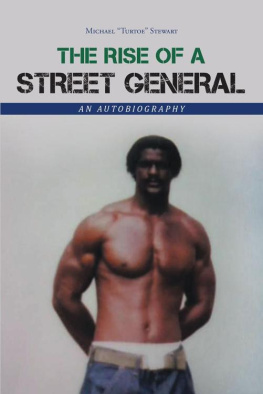

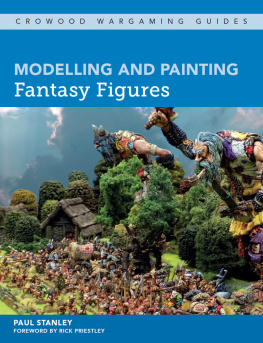


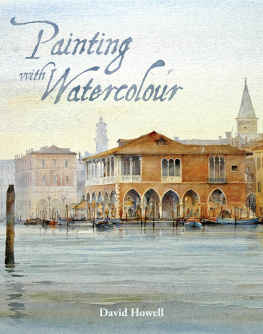
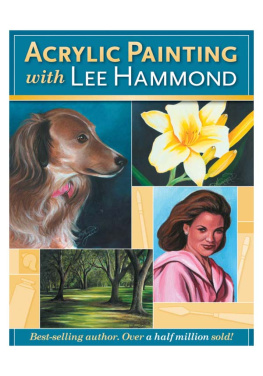
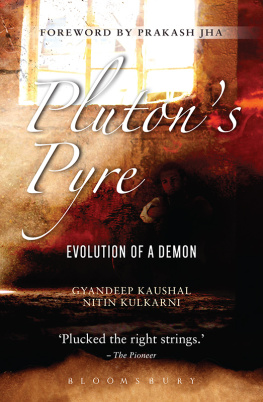

 This paper meets the requirements of ANSI/NISO Z39.48-1992 (Permanence of Paper).
This paper meets the requirements of ANSI/NISO Z39.48-1992 (Permanence of Paper).